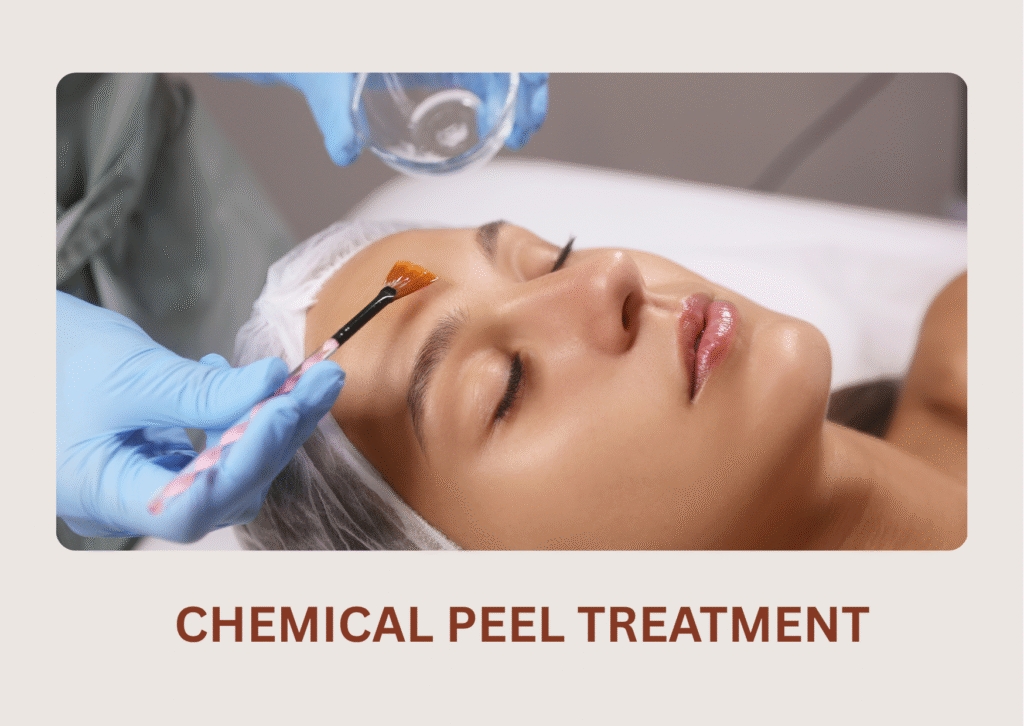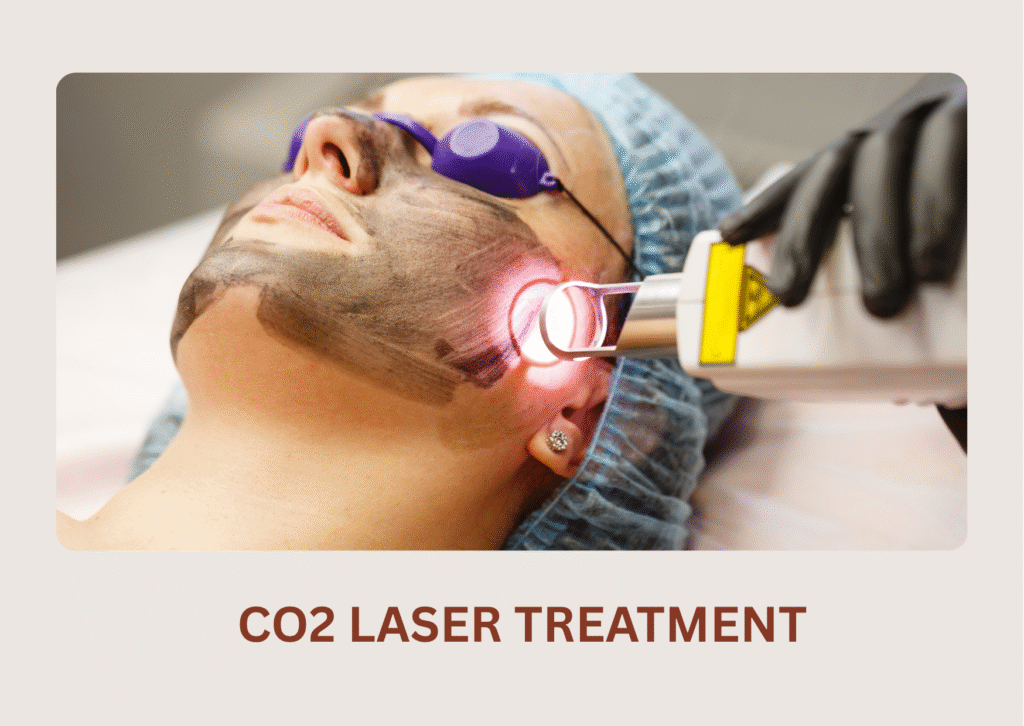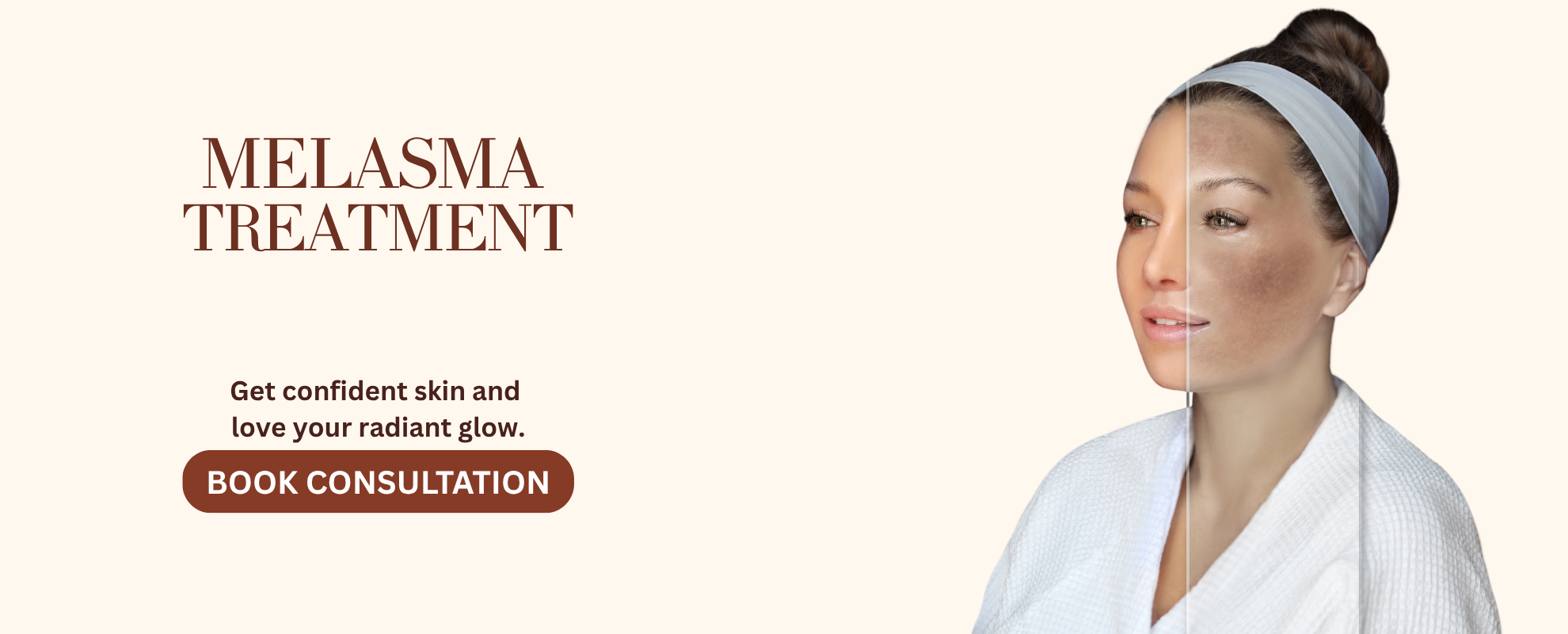
Clear, Even-Toned & Radiant Skin with Melasma Treatment
Melasma is a common pigmentation concern that causes dark patches on the face, often triggered by sun exposure, hormones, and skin sensitivity. At Urban Skin and Hair Clinic, our advanced melasma treatment solutions are designed to lighten pigmentation, control melanin production, and restore natural skin clarity. Using a combination of medical peels, lasers, topical therapies, and personalised skincare routines, we target the root cause of melasma for long-lasting improvement. With expert dermatologists and customised treatment plans, we help you achieve brighter, clearer, and more even-toned skin safely and effectively.
What is Melasma?
Melasma is a common skin condition characterized by brown or grayish-brown patches on the face, often appearing on the cheeks, forehead, upper lip, and chin. It can be a frustrating condition that affects your skin’s appearance, but at Urban Skin and Hair Clinic, we offer advanced Melasma Treatments to help reduce pigmentation and restore your skin’s natural radiance. Our expert dermatologists provide personalized solutions to address the underlying causes and offer long-lasting results.
Melasma is a form of hyperpigmentation that causes dark, discolored patches to appear on the skin, typically on sun-exposed areas like the face. It occurs when the skin produces too much melanin due to various factors, including hormonal changes, sun exposure, and genetics. While melasma is not harmful, it can be a cosmetic concern, especially for those who experience it in prominent areas of the face.
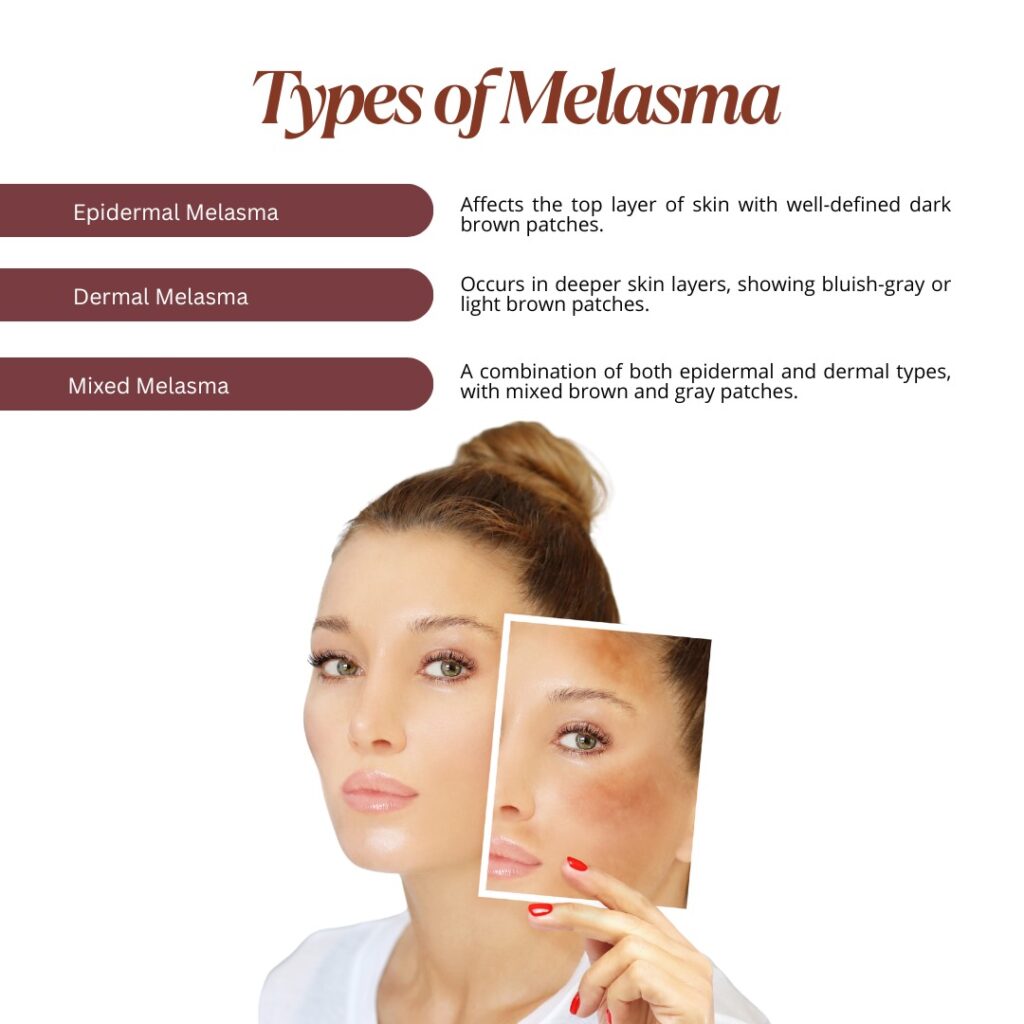
What Are the Types of Melasma?
Melasma appears in three main types: epidermal, affecting the outer skin with brown patches; dermal, deeper in the skin with bluish-grey pigmentation; and mixed, involving both layers with brown-grey patches. Treatment depends on the type and may include topical creams, chemical peels, and laser therapies for effective and long-lasting results.
1. Epidermal Melasma: This type affects the upper layer of the skin (epidermis). It appears as light to dark brown patches and responds well to topical treatments, chemical peels, and lasers.
2. Dermal Melasma: Pigmentation occurs deeper in the skin (dermis), giving a bluish-grey appearance. It is harder to treat and requires advanced therapies for improvement.
3. Mixed Melasma: The most common type, involving both epidermal and dermal layers. It appears brown-grey and needs a combination of topical treatments, peels, and laser therapies.
What Causes Melasma?
Melasma is caused by an overproduction of melanin, the pigment responsible for the color of the skin. Several factors contribute to this overproduction, including:
- Hormonal Changes: Pregnancy, birth control pills, and hormone replacement therapy (HRT) can trigger melasma, often referred to as the “mask of pregnancy.”
- Sun Exposure: UV radiation from the sun stimulates melanin production, exacerbating melasma symptoms.
- Genetics: A family history of melasma increases the likelihood of developing the condition.
- Skin Type: Individuals with darker skin are more prone to developing melasma.
- Pregnancy: Hormonal changes during pregnancy can cause melasma to appear or worsen.
- Certain Medications: Some medications, such as oral contraceptives, can trigger melasma in susceptible individuals.
- Cosmetic Products: Harsh skincare products that irritate the skin may contribute to the development of melasma.
Popular Treatments for Melasma
Before & After Results
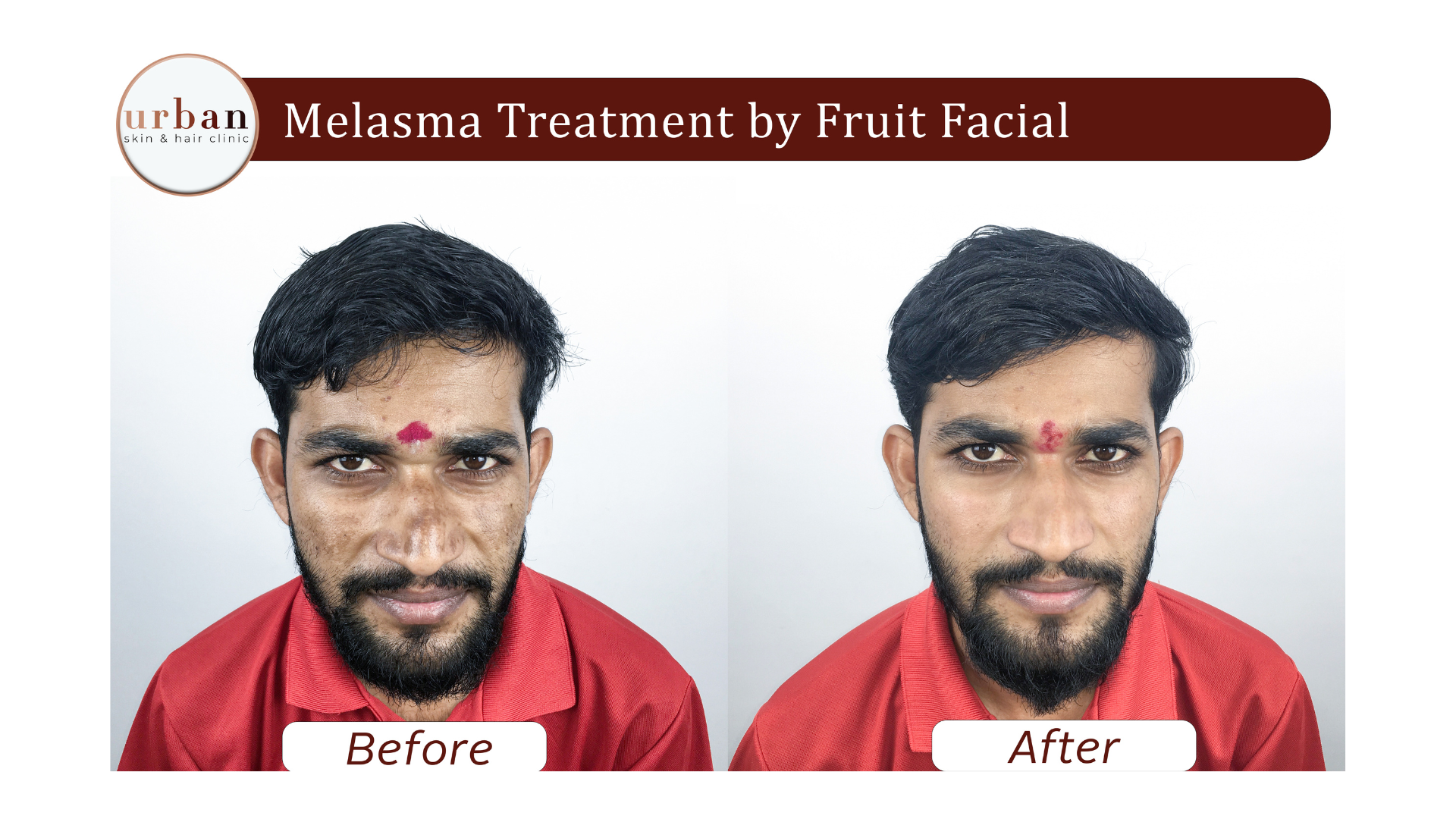
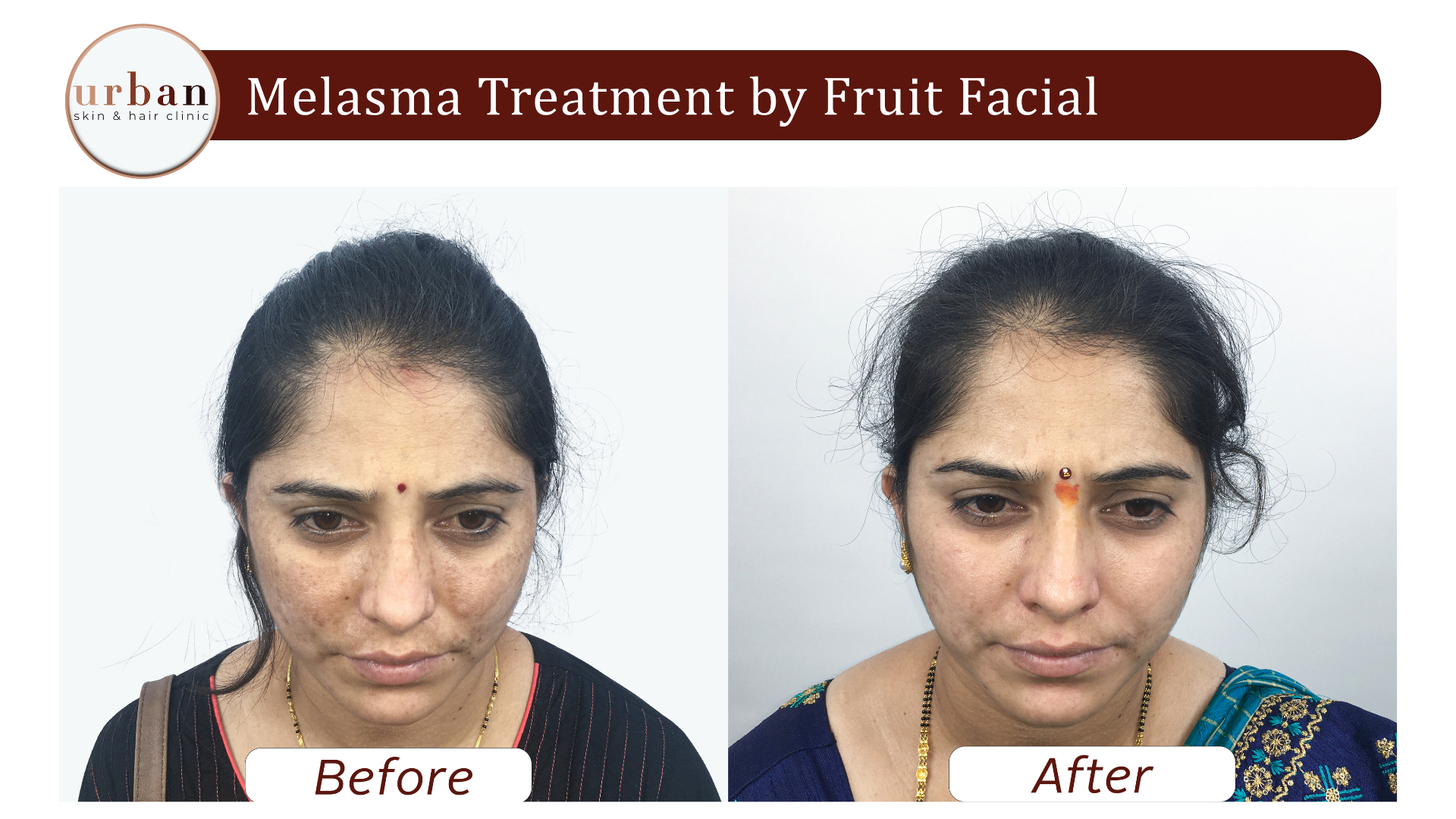
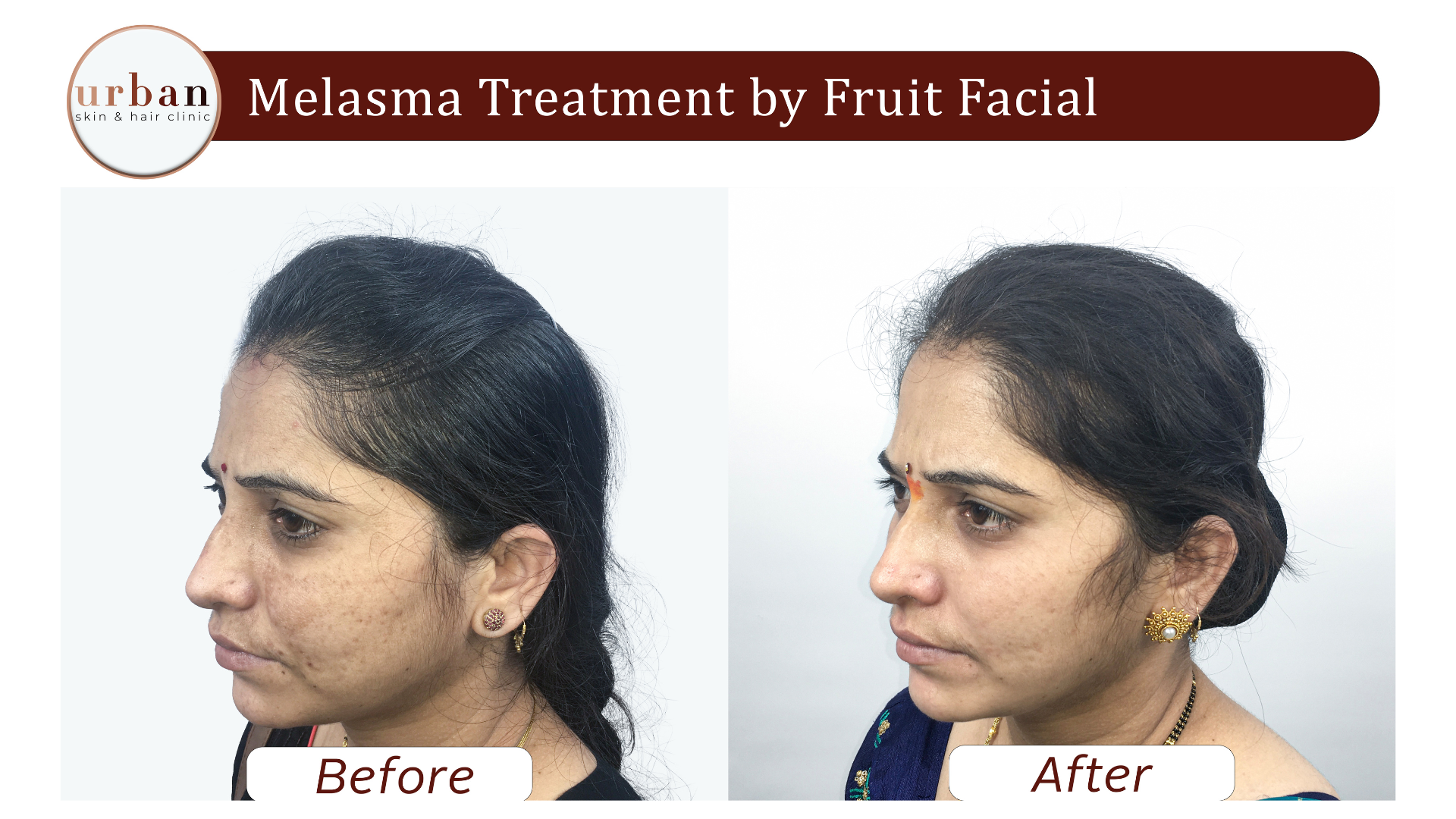
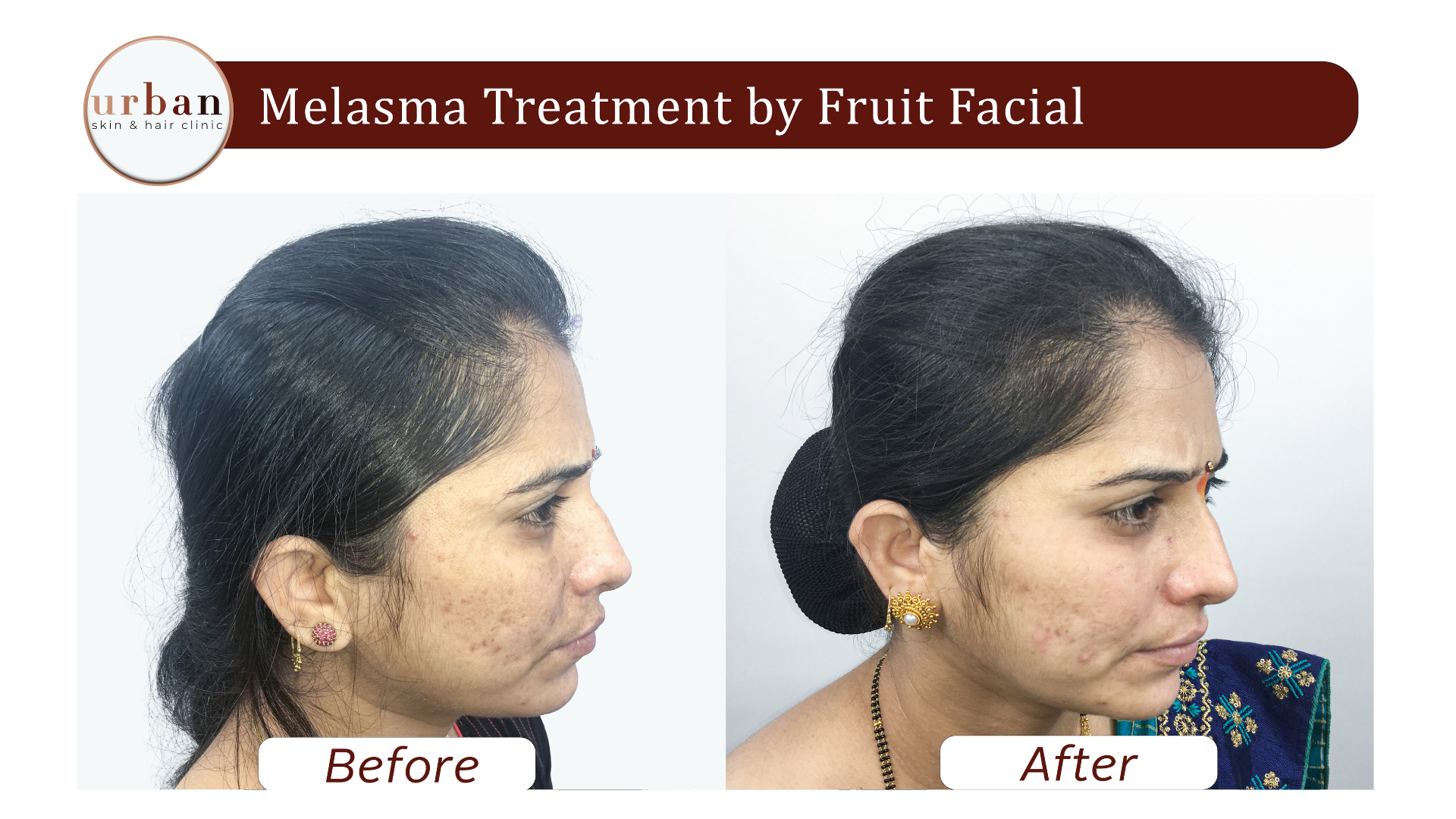
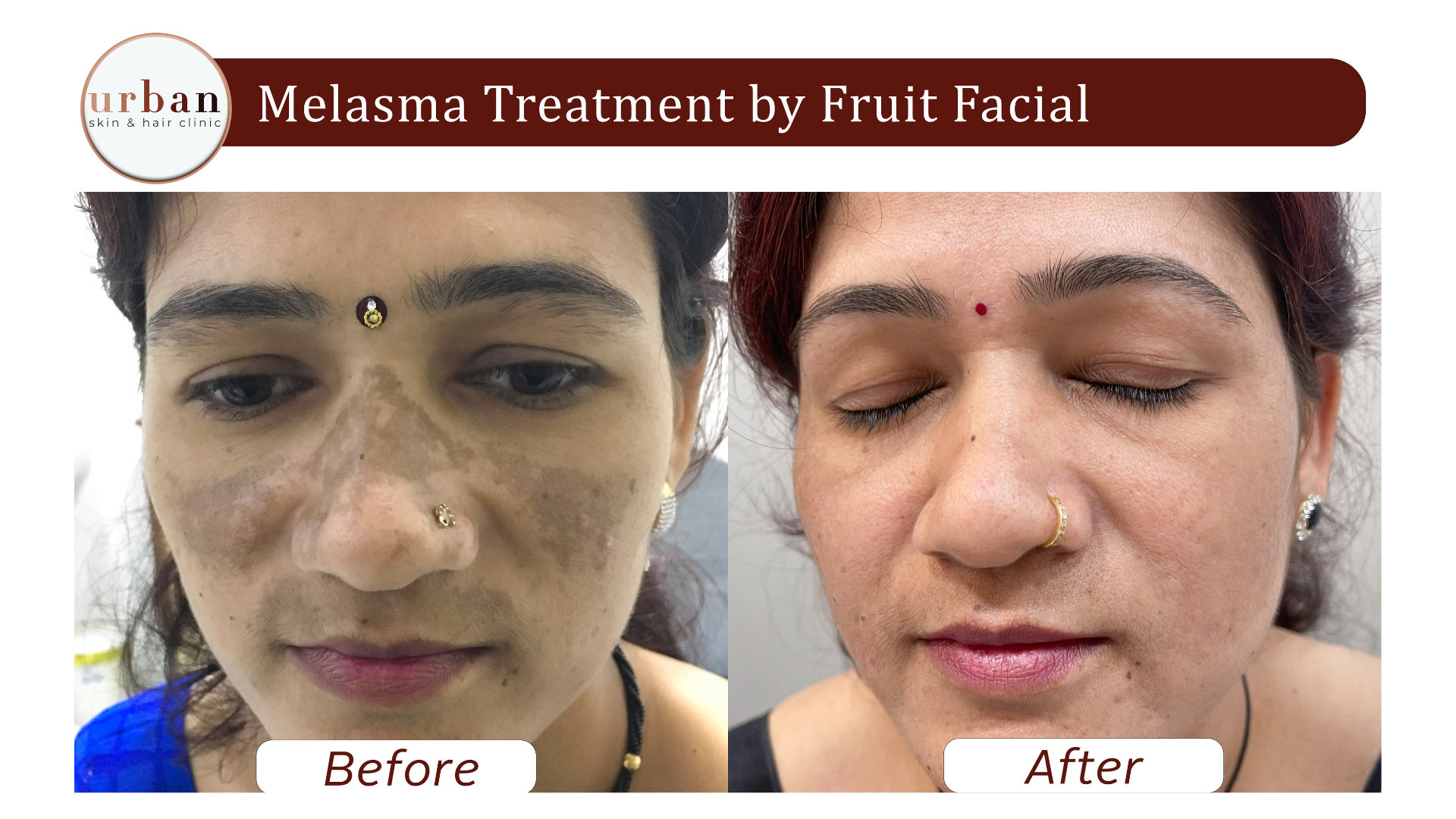
Benefits of Melasma Treatment
Melasma treatment helps lighten dark patches, even out skin tone, and restore natural radiance for a clearer complexion. It also controls excess melanin production, preventing new pigmentation and ensuring long-lasting skin clarity.
- Lightens Dark Patches & Pigmentation
- Controls Melanin Production
- Improves Skin Texture & Clarity
- Reduces Sun-Induced Darkening
- Safe for All Skin Types
- Prevents Recurrence with Consistent Care
- Boosts Confidence & Appearance
- Minimally Invasive Options Available
- Suitable for Hormonal Pigmentation
- Promotes Healthy, Radiant Skin
Pre and Post Treatment Care
Pre-Treatment Care
- Avoid direct sun exposure and always apply broad-spectrum sunscreen (SPF 30+).
- Stop using retinoids, scrubs, or strong actives 3–5 days before treatment (unless advised).
- Keep the skin clean, well-hydrated, and free from makeup before your session.
- Avoid waxing, threading, or bleaching the treatment area for at least one week.
- Inform your dermatologist about any medications, hormonal changes, or medical conditions.
Post-Treatment Care
- Apply soothing moisturisers or calming gels to reduce redness and irritation.
- Use sunscreen regularly and avoid direct sunlight for at least a week.
- Do not use makeup for 24 hours after peels or laser sessions.
- Avoid sweating, hot showers, steam, and workouts for 24–48 hours.
- Continue prescribed creams or serums consistently for best long-term results.
How Treatment Cost Is Decided
The cost of any treatment depends on several key factors that determine the type, intensity, and number of procedures required. Since every patient’s condition, goals, and expectations are different, the final pricing is customised to ensure safe, effective, and personalised care.
- Severity of the Condition
- Type of Treatment Recommended
- Number of Sessions Required
- Technology & Equipment Used
- Doctor’s Expertise & Clinic Standard
- Customisation of the Treatment Plan
- Area/Extent of Treatment
Get An Appointment
Why Urban Skin and Hair Clinic

TEAM OF CERTIFIED DERMATOLOGISTS

US-FDA APPROVED EQUIPMENTS

HIGHLY STANDARDISED PROTOCOLS

1 LAKH + HAPPY CLIENTS
Melasma Treatment FAQ
Melasma can be managed with treatment, but it may not be completely curable. However, the right treatment plan can significantly reduce its appearance and prevent recurrence with proper sun protection.
Most patients see improvement after 4-6 sessions, but the number of treatments depends on the severity of the melasma and the response to the treatments.
Yes, our treatments are designed to be safe for all skin types. Dr. Chotaliya will tailor the treatment plan based on your skin’s needs and sensitivities.
If melasma is triggered by hormonal changes or sun exposure, it may recur. However, with proper sun protection and follow-up treatments, the risk of recurrence can be minimized.
Most of our treatments are non-invasive and relatively painless. Some patients may experience mild discomfort during certain procedures, but it is generally well-tolerated.
Consult a Specialist Today
Dr. Kiran Chotaliya, M.D., Dermatology & Hair Transplant Surgeon, specializes in treating pigmentation disorders, including melasma. With extensive experience in managing complex skin conditions, Dr. Chotaliya offers effective treatments that deliver long-term results. Her approach combines advanced technology with personalized care to restore your skin’s natural radiance.




